Jim Chalmers’ fears: inflation doesn’t rate says
A $60bn federal and state spending splurge – including tax cuts worth up to $9000 a year for a dual-income household and rebates that will knock as much as $1300 off power bills – begins on Monday.
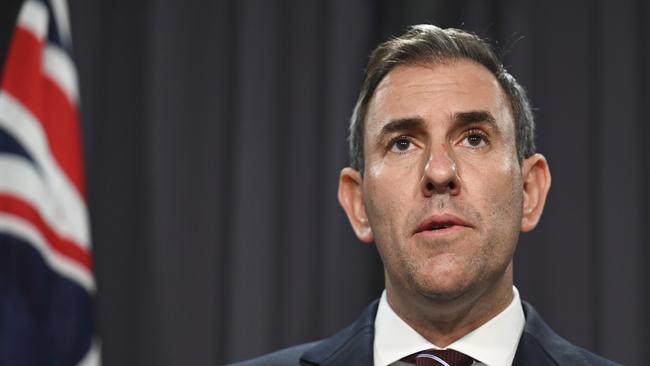
A $60bn federal and state spending splurge – including tax cuts worth up to $9000 a year for a dual-income household and rebates that will knock as much as $1300 off power bills – begins on Monday, but Jim Chalmers has no concerns that Labor’s wave of cost-of-living support will stoke inflation and delay mortgage relief for millions of homeowners.
Amid warnings from economists that spending will force inflation higher and push the Reserve Bank to restart its rate hikes, the Treasurer said on Friday: “We understand that inflation’s still the primary challenge in our economy and people are still under the pump. Our objective here is to fight inflation without smashing the economy and without making life harder for people.
“Electricity prices and inflation would be much higher were it not for our efforts,” he said.
“And when you’re fighting inflation, two things matter a great deal. First of all, managing the budget responsibly, turning those Liberal deficits into Labor surpluses. Second, the way that we’ve designed our cost-of-living help to take the edge off inflation without adding the inflationary challenge in our economy.”
Just six weeks after the federal budget was delivered, new Department of Finance figures released on Friday revealed the budget was already running $4.3bn better than anticipated.
Despite Dr Chalmers’ attempts to downplay the prospect of a much stronger final fiscal position for this financial year, Westpac senior economist Pat Bustamante said it was now possible that the surplus would be double the estimated $9.3bn in 2023-24.
Mr Bustamante, however, said the $23bn cost of the tax cuts would likely guarantee there wouldn’t be a third straight surplus in 2024-25.
The Treasurer’s comments come after official figures this week showed an unexpected jump in consumer price growth that economists labelled a “shocker”, and which triggered predictions the Reserve Bank would be forced to lift rates at its next meeting in early August.
With financial markets putting a 40 per cent chance of a rate hike in August, Reserve Bank deputy governor Andrew Hauser on Thursday evening pushed back against the growing tide calling for higher rates, saying it would be a “big mistake” to base policy decisions on a single bad inflation number.
The May budget included an extra $300 in energy bill relief in the coming financial year, delivered in quarterly instalments to all households, regardless of need.
Meanwhile, states have also chipped in with energy price relief, including a $1000 rebate for all Queenslanders, $400 for every West Australian household, and $250 for Tasmanians. Other jurisdictions have also announced generous power bill relief for eligible households, including $800 in the ACT, $500 in South Australia, and $350 in NSW.
AMP chief economist Shane Oliver said rather than helping the RBA, as Dr Chalmers claims, pumping extra money into the economy was likely to be contributing to “sticky” inflation.
“While average households have cut back their spending, as the RBA wants, public spending across federal and state governments has gone up,” he said.
Dr Oliver said this was “adding to demand in the economy and competing for workers and ultimately keeping inflation, and hence interest rates, higher than otherwise would have been the case”.
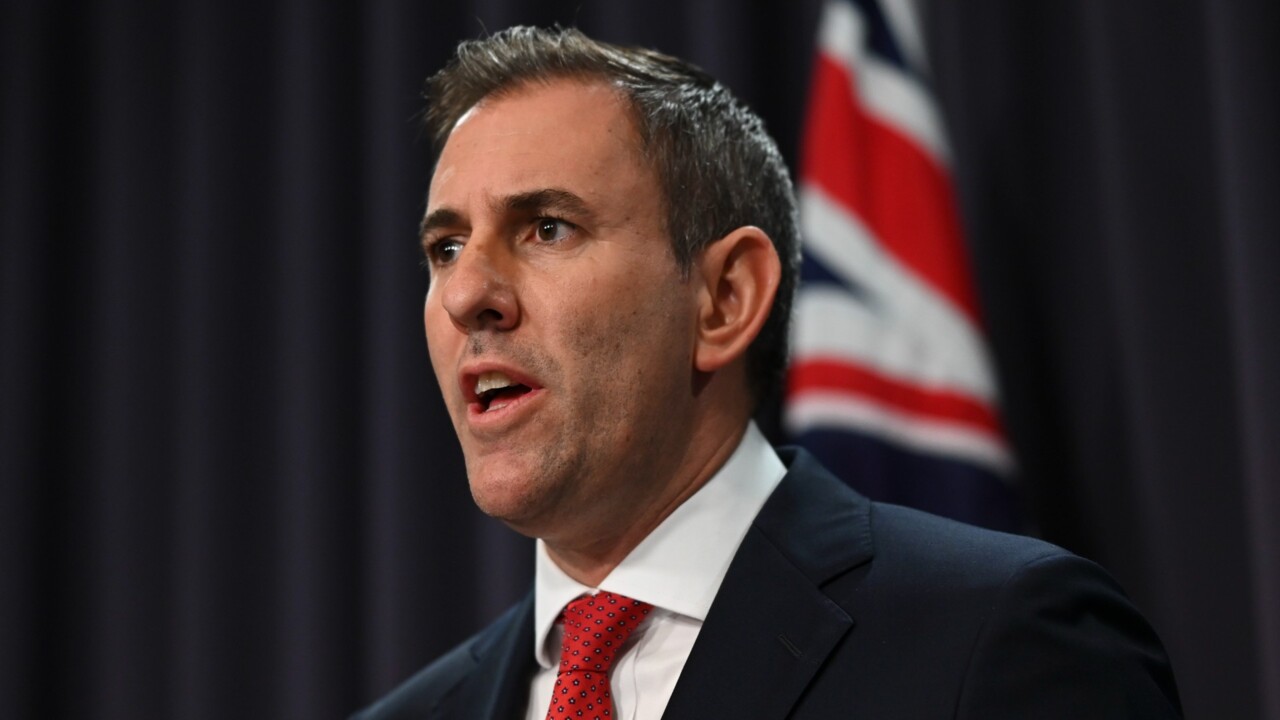
He said Labor’s tweaked stage three tax cuts, which extended relief to all taxpayers by trimming the benefits that would have accrued to higher income earners, had delivered an $800-a-year bigger tax cut to someone on average earnings, versus the Coalition’s original plan.
This had “added to the risk that the tax cuts will be inflationary”.
Even as the cost of living has dominated headlines and conversations at barbecues around the nation, workers were quietly getting richer.
UBS this week estimated that household wealth surged by as much as $1.5 trillion, or about 10 per cent, over the past 12 months to a record $16.4 trillion as house prices defied high interest rates to rise strongly, and the sharemarket forged higher.
Wealth per person has now reached about $600,000 on average, “likely among the highest in the world”, UBS said.
The sharemarket closed the financial year up 7.8 per cent over the 12 months, and returned investors more than 12 per cent including dividends.
But with most pay rises failing to keep pace with rising prices through this past financial year, 2023-24 will be remembered as another year of stagnating or falling living standards.
Economists are hopeful the coming 12 months will provide some relief on this front, as energy bill subsidies help inflation temporarily retreat to the mid-2s by this time next year, according to estimates from the big four banks.
ANZ senior economist Catherine Birch said the electricity rebates were “going to make the headline CPI (consumer price index) look pretty wacky”.
Ms Birch estimated power bill subsidies would slash 0.7 percentage off headline consumer price growth in the three months to September, leaving inflation flat in the quarter and pushing it back below 3 per cent on an annual basis. While inflation will have dropped to 2.4 per cent by mid-2025 and to the middle of the RBA’s 2-3 per cent target range, it will not be mission accomplished for the central bank, as ANZ predicts price growth will then re-accelerate to 3.4 per cent by the end of next year as subsidies roll off.
The RBA will attempt to look through this somewhat confusing scenario by concentrating on underlying measures of inflation, which tend to trim off big movements in prices, and all four big banks anticipate one to three rate cuts by mid-2025.
When that mortgage relief will be delivered remains contentious, but the emerging consensus is that it probably won’t come this year.
Indeed, there is a substantial risk the RBA will be forced to hike at its early August meeting.
As real incomes start climbing again, buoyed by tax cuts and easing inflation, analysts believe the economy will pick up through the back half of this calendar year.
Unemployment is expected to continue to push higher to about 4.5 per cent by this time next year. But rather than lay-offs, the higher jobless rate will be the result of employment not growing as quickly as the workforce.
All of which is to say the economy is headed for what analysts and the Treasurer referred to as a “soft landing” – a slowdown that cools inflation without tipping the country into recession.



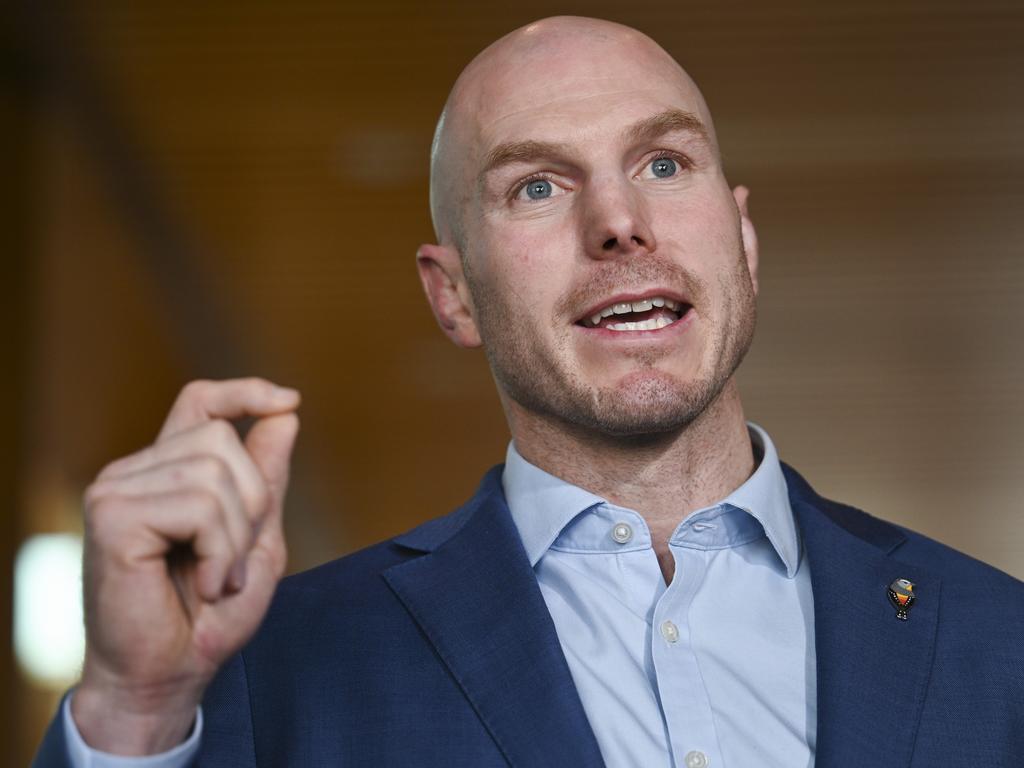
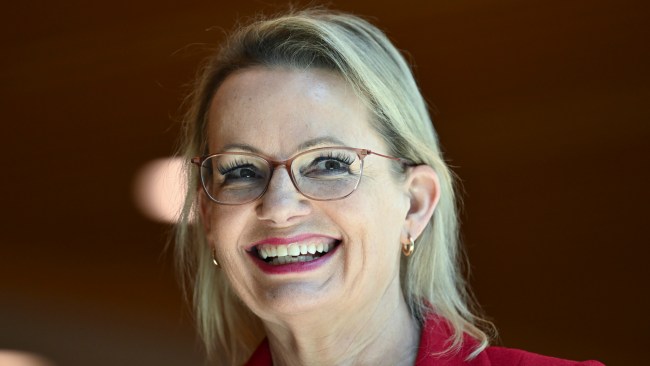
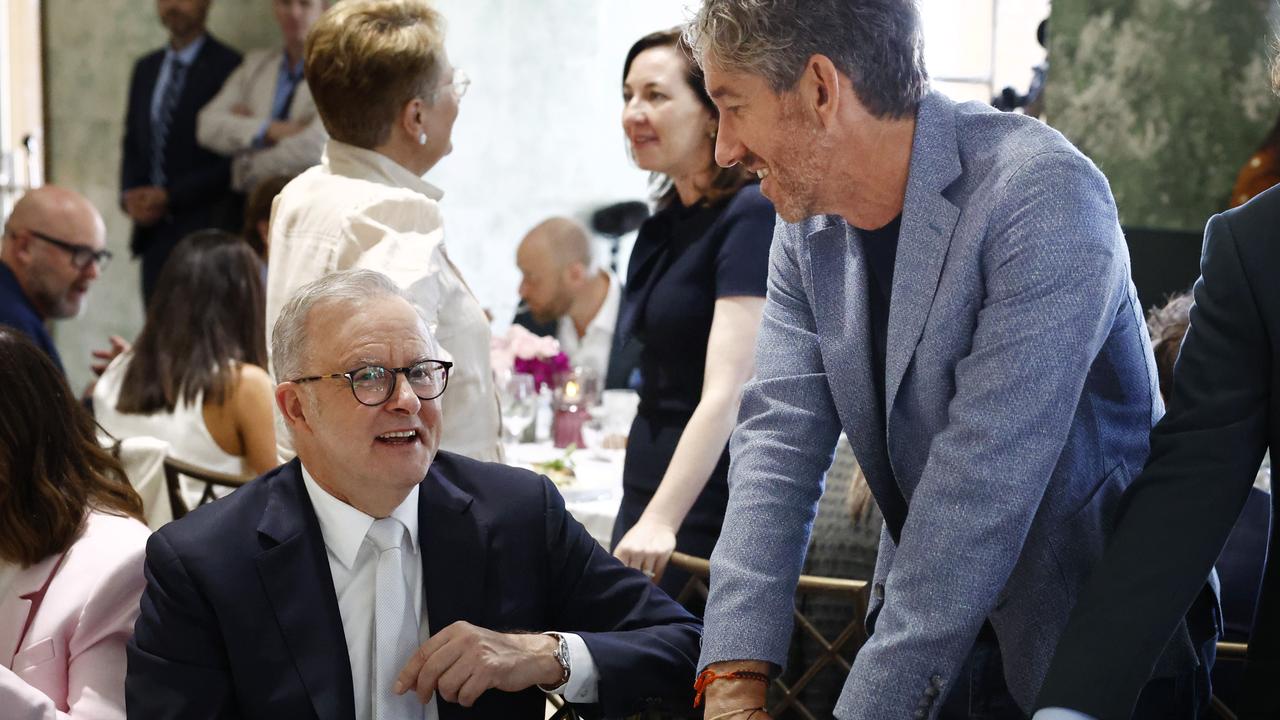
To join the conversation, please log in. Don't have an account? Register
Join the conversation, you are commenting as Logout